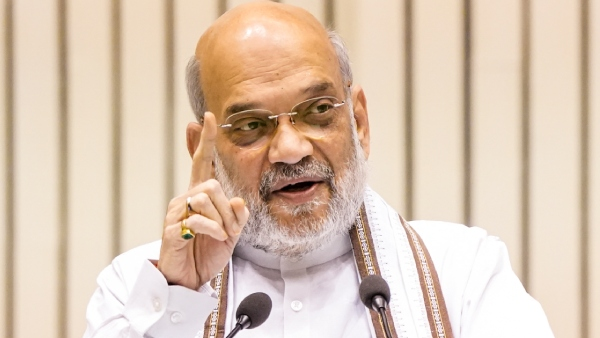Rupee Falls (0.2%), as Global Markets Brace for Impact
After Donald Trump’s election victory, the Indian rupee experienced its most significant drop in over four months, falling by 17 paise (0.2%) to close at 84.28 against the US dollar. Despite this decline, the rupee fared better than many other currencies as the US dollar strengthened sharply against its global counterparts.
Currency dealers noted that the Reserve Bank of India (RBI) was crucial in limiting the rupee’s slide. RBI Governor Shaktikanta Das reassured markets that the Indian economy and financial sector are resilient enough to handle external shocks, regardless of the US election outcome. He emphasized that while global events impact India, the RBI proactively manages the domestic market and will continue intervening when necessary.
Despite RBI’s robust foreign exchange reserves, which are close to $700 billion, dealers pointed out that it would be challenging to stabilize the rupee in the face of a rapidly appreciating US dollar. The dollar index surged by 1.8%, driven by concerns about potential tariffs and sanctions, contributing to a broad decline in other currencies. The Mexican peso, for example, hit a two-year low, while the euro fell over 2%, with many expecting Europe to face the brunt of Trump’s trade policies. The Chinese yuan also dropped 1.1%, marking its biggest single-day fall since October 2022, as fears grew over the impact of tariffs. Even the South African rand was hit hard, falling 2.2%.
♦Also Read| Markets in Freefall: Nvidia Tanks, Boeing Crashes, and Oil Prices Plummet!
Currency analysts expect the strength of the US dollar to persist as Trump’s policies potentially spark tariff wars with China and Europe. This could pressure emerging market currencies like the rupee, especially as foreign institutional investors (FII) may withdraw funds from India in response to global market shifts. KN Dey, a forex consultant, pointed out that the rupee may need to adjust further as the worldwide currency environment shifts, particularly with possible FII outflows in the near term.
Beyond trade concerns, the US Federal Reserve’s decision to hold interest rates steady has driven US bond yields higher, making US assets more attractive to global investors. The 10-year US Treasury yield hit 4.47%, its highest in four months. As a result, global central banks, including those in China and Indonesia, have also stepped in to support their respective currencies amid the dollar’s rise.
Jateen Trivedi, a currency analyst with LKP Securities, explained that the US dollar’s strength, coupled with concerns about potential protectionist policies under Trump, is weighing heavily on global currencies. He expects the rupee’s weakness to persist, with possible support levels around 84.50 to 84.70.
While the rupee’s decline reflects broader global trends, India’s strong economic fundamentals and RBI’s proactive measures will likely provide some buffer. However, the strength of the dollar and the uncertain global trade environment will likely continue to challenge the rupee in the near term.











